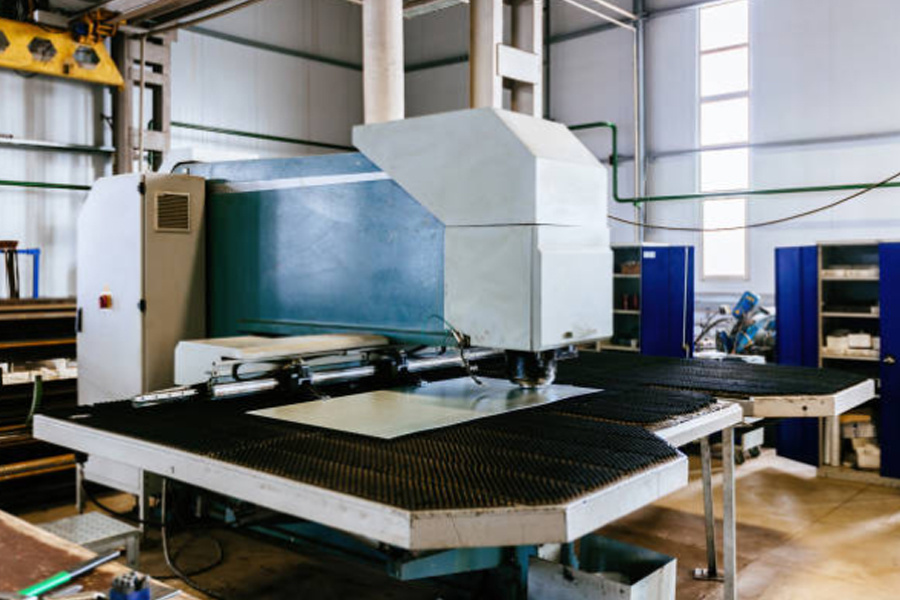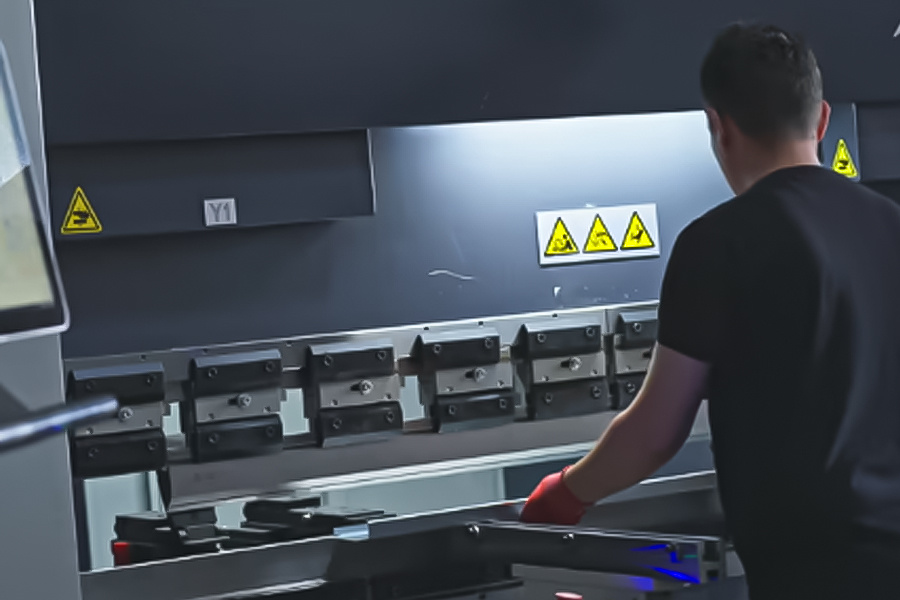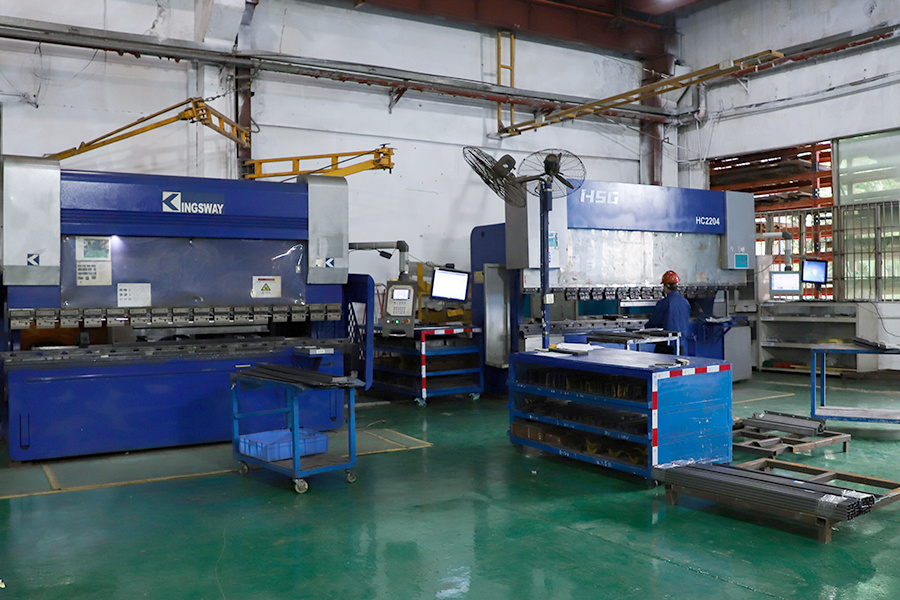What are the requirements for sheet metal stamping equipment and incoming materials?
Release time:
2025-05-28
The sheet metal stamping process achieves efficient forming of metal sheets through the synergy of molds and presses. It is the core processing technology in the automotive, electronics, home appliance and other industries. Its processing quality and efficiency depend on two core factors: equipment performance and incoming material quality.
The sheet metal stamping process achieves efficient forming of metal sheets through the synergy of molds and presses. It is the core processing technology in the automotive, electronics, home appliance and other industries. Its processing quality and efficiency depend on two core factors: equipment performance and incoming material quality. The former determines the forming accuracy and production efficiency, while the latter affects the processing feasibility and the qualified rate of finished products. Starting from the technical principles, this article analyzes the key requirements of sheet metal stamping for equipment configuration and incoming material control, and provides a reference for process optimization for manufacturing companies.
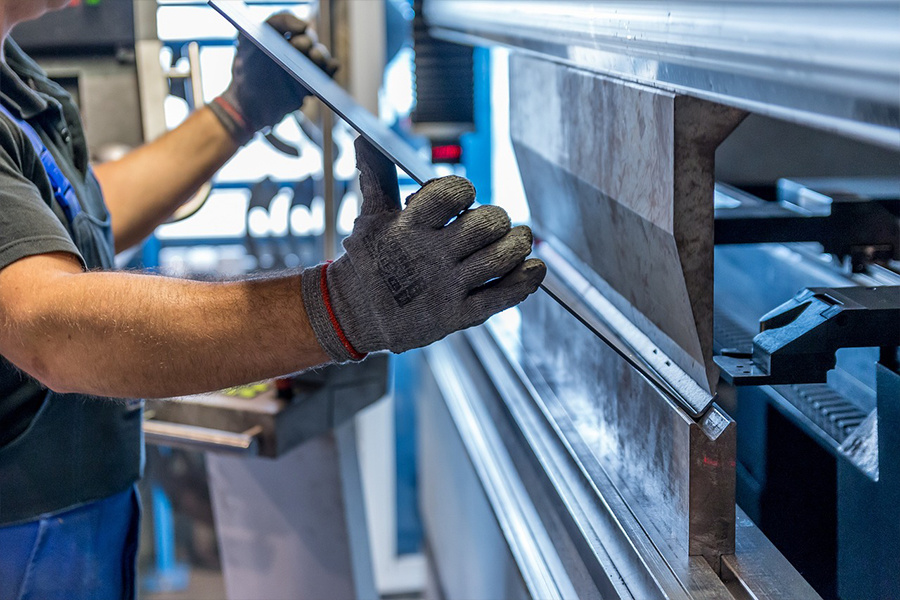
The essence of sheet metal stamping is a system engineering of "material characteristics + equipment capabilities + mold design". The stability of the equipment and the adaptability of the incoming materials together constitute the technical foundation of precision sheet metal processing.
Four core requirements for sheet metal stamping equipment
1. Press: accuracy and stability of the power system
The press is the core power source of sheet metal stamping, and its performance directly determines the quality of forming:
● Tonnage matching: The tonnage should be selected according to the sheet material (such as carbon steel, aluminum alloy) and processing technology (such as punching, stretching, bending). Conventional punching requires 50-200 tons, and deep drawing process requires 500-2000 tons to avoid incomplete forming or overload damage to the mold due to insufficient tonnage;
● Precision control: The verticality error of the slider is ≤0.02mm/m, and the parallelism error is ≤0.03mm/m to ensure uniform force when the mold is closed, and reduce the risk of burrs (burr height ≤0.05mm) and deformation of stamped parts;
● Speed adjustment: The servo press supports stepless adjustment of the stamping frequency from 0 to 200 times/minute. High-speed stamping (>100 times/minute) is suitable for simple forming, and low-speed precision stamping (<50 times/minute) is suitable for high-speed precision stamping. Minutes) to meet high-precision requirements (such as the dimensional tolerance of electronic component housing ≤±0.1mm).
2. Mold: The key carrier of molding accuracy
The design and manufacturing level of molds determines the geometric accuracy and surface quality of sheet metal parts:
● Material selection: Cr12MoV, SKD11 and other alloy tool steels (hardness HRC58-62) are commonly used for punches and concave molds. The drawing mold needs to be plated with hard chrome (plating thickness 5-10μm) to improve wear resistance and avoid dimensional deviations caused by mold wear (such as aperture expansion > 0.2mm);
● Structural optimization: The composite mold integrates punching, blanking, and bending processes (reducing secondary positioning errors), and the progressive mold realizes automated continuous stamping (production efficiency is increased by 30%). The mold guide mechanism (guide pin and guide sleeve matching clearance ≤0.01mm) ensures consistent accuracy of each station;
Surface treatment: Mirror polishing (roughness Ra≤0.2μm) reduces sheet scratches, and nitriding treatment enhances the mold's anti-adhesion, which is especially suitable for the processing of easy-to-stick materials such as stainless steel.
3. Automation system: double guarantee of efficiency and safety
Modern stamping lines rely on automation equipment to achieve efficient production:
● Feeding device: roller feeder (feeding accuracy ±0.1mm) is suitable for regular plates, servo feeder (accuracy ±0.05mm) meets the needs of precision processing, and is equipped with an automatic correction system for the rack to solve the feeding offset problem caused by plate warping (warping ≤1mm/m);
● Pick-up robot: The six-axis robot has a repeat positioning accuracy of ≤±0.1mm, which can quickly grab stamping parts and place them in the designated position, avoiding the safety hazards and efficiency bottlenecks of manual picking (the manual efficiency is about 500 pieces/hour, and the robot can reach 2000 pieces/hour);
● Mold monitoring system: The pressure sensor monitors the mold load in real time (automatic shutdown when abnormal fluctuations are ±10%), and the visual inspection module identifies mold wear (such as edge cracking), reducing the production interruption time caused by mold failure by 70%.
4. Inspection equipment: full-process quality closed loop
High-precision inspection is the final checkpoint for qualified stamping parts:
● First-piece inspection: Coordinate measuring machine (CMM) detects key dimensions (accuracy ±0.01mm), such as the uniformity of wall thickness of stretched parts (deviation ≤5%);
● Online inspection: Laser thickness gauge monitors the thickness change of sheet metal in real time (accuracy ±0.005mm), and machine vision system scans surface defects of stamping parts (such as pits and cracks) to achieve 100% full inspection;
● Mold inspection: 3D scanner reconstructs mold surface (accuracy ±0.02mm), and reverse engineering correction is performed by comparing with design drawings to ensure that mold accuracy always meets production requirements.
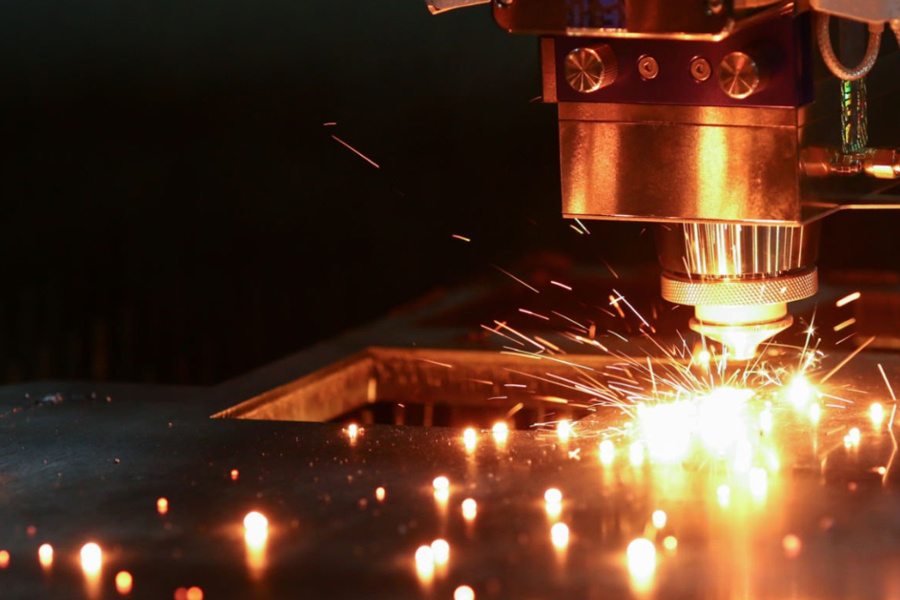
Three core requirements for sheet metal stamping materials
1. Material type and mechanical properties adaptation
Different stamping processes have clear requirements for sheet metal performance:
● Strength index: low carbon steel (such as SPCC) elongation ≥30% is suitable for stretch forming, aluminum alloy (such as 5052) yield strength ≤145MPa is suitable for bending (bending radius ≥2 times the plate thickness), high-strength steel (such as DP600) requires a servo press with a preheated mold to avoid cracking (cracking rate ≤1%);
● Metallographic structure: sheet grain size (such as cold-rolled sheet grain ≤20μm) affects the forming performance, and banded structure (rating ≤3) is too strong, which will cause anisotropy of stamped parts and tensile wrinkling (wrinkling height ≤0.3mm);
● Surface treatment: galvanized sheet (coating thickness 8-12μm) needs to confirm the coating adhesion (cross-cut rating ≥4B) to avoid the coating falling off during stamping (falling area ≤5%) affecting subsequent spraying.
2. Surface quality and defect control
The surface state of the incoming material directly affects the processing feasibility:
● Flatness requirements: Plate warpage ≤1.5mm/m, waviness ≤1mm/m, exceeding the standard will cause feeding jam and mold wear (wear rate increases by 20%);
● Defect limit: Scratch depth ≤5% of plate thickness and ≤0.1mm, rust area ≤1%, pit diameter ≤0.5mm and spacing ≥20mm, to avoid stress concentration and cracking of defective parts during stamping;
● Cleanliness requirements: Surface grease residue ≤50mg/m² (weighing method detection), dust particles (>50μm) ≤5 pieces/㎡, to prevent mold adhesion caused by oil pollution and surface pressure damage caused by dust.
3. Dimensional accuracy and tolerance control
Incoming material dimensional accuracy is the basis of forming accuracy:
● Thickness tolerance: Ordinary stamping parts require plate thickness deviation ≤±1% (e.g. 1mm plate allows 0.99-1.01mm), precision stamping parts (such as mobile phone middle frame) require ≤±0.5%;
● Length and width accuracy: rectangular plate diagonal deviation ≤0.5mm/m, strip material width tolerance ≤±0.1mm, to avoid positioning errors caused by dimensional tolerance during feeding (when the error rate ≥5%, the machine needs to be stopped for adjustment);
● Edge state: shear material edge verticality ≤1.5°, burr height ≤0.05mm, laser cutting material edge roughness Ra≤12.5μm, to ensure that there is no risk of crack expansion at the edge during subsequent forming.
Process coordination: the matching principle of equipment and incoming materials
Linked control of defect prevention
● Incoming material inspection: establish the "material report review + first piece three inspections + batch sampling" process to ensure that unqualified incoming materials (such as thickness tolerance) do not flow into the production line;
● Equipment debugging: fine-tune the press parameters according to the actual performance of the incoming materials (such as increasing the stamping pressure by 10% for harder plates) to avoid poor forming due to parameter solidification;
● Data traceability: associate the incoming material batch with the equipment processing parameters through the MES system to achieve rapid traceability of quality problems (traceability time ≤ 10 minutes).
Dual-wheel drive of precision stamping
The high-quality output of sheet metal stamping depends on the deep coordination of equipment performance and incoming material quality:
● Equipment side: the tonnage accuracy of the press, the wear-resistant design of the mold, and the efficiency guarantee of the automation system jointly build a stable forming capability;
● Incoming material side: mechanical adaptation of materials, surface defect control, and dimensional precision control lay a solid foundation for precision processing.
As the manufacturing industry pursues lean production, focusing on "precise matching" of equipment selection and "source management" of incoming material control will become the key to improving the competitiveness of sheet metal processing companies. In the future, with the advancement of intelligent detection technology (such as AI defect recognition) and material technology (such as high-strength lightweight alloys), sheet metal stamping technology will achieve new breakthroughs in accuracy, efficiency, and material adaptability, and continue to empower high-end equipment manufacturing.
Key Words




